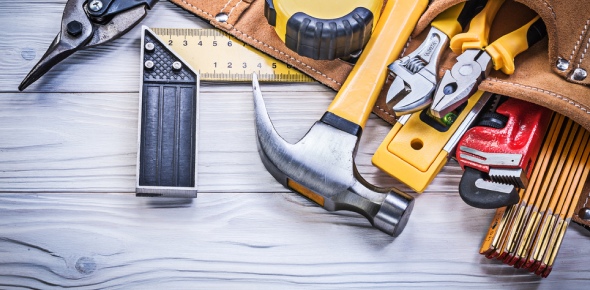CDC 2w051b Vol. 1 Section 1 Questions
2.
You may optionally provide this to label your report, leaderboard, or certificate.
×
Thank you for your feedback!
















